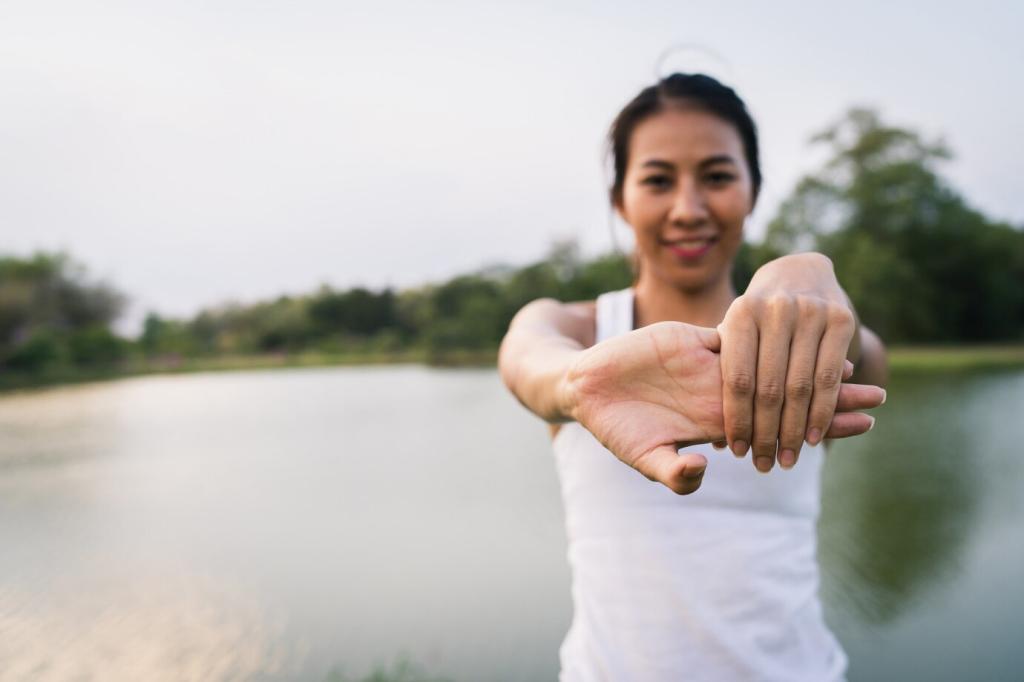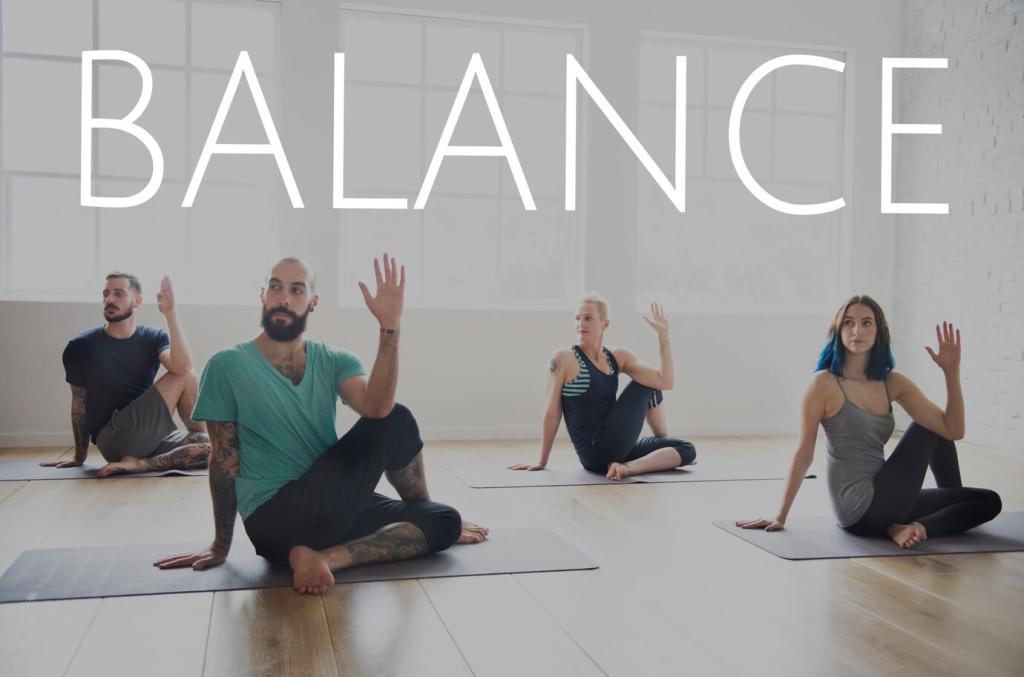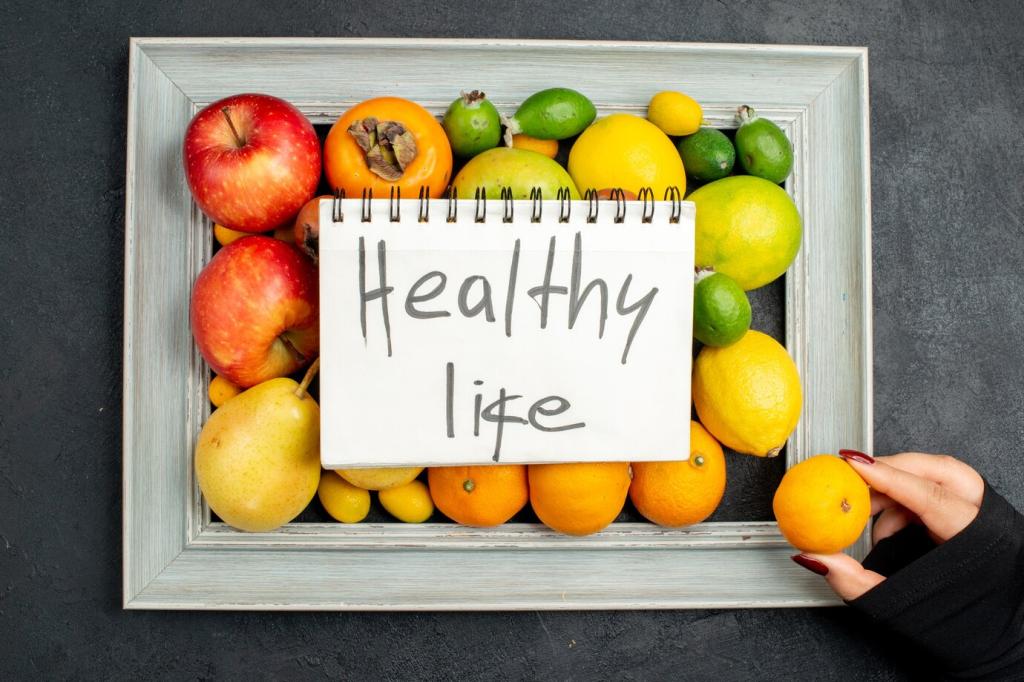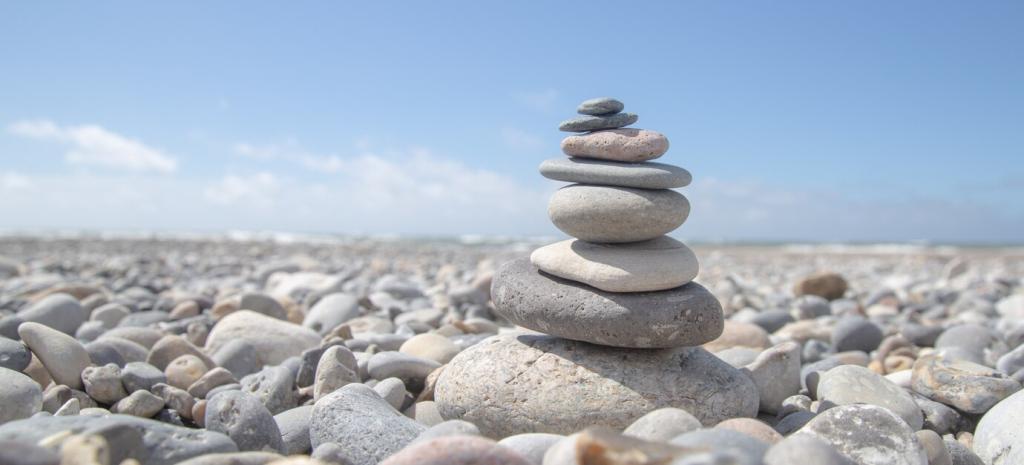
Crafting a Holistic Lifestyle: The Role of Yoga and Meditation
Chosen Theme: Crafting a Holistic Lifestyle: The Role of Yoga and Meditation. Welcome to a calming, energizing space where breath meets movement, and intention shapes everyday choices. Explore how mindful practice becomes a life blueprint, not just a mat routine.
The sequence you choose on the mat and the minutes you sit in stillness teach your nervous system reliability. Over time, this consistency translates into everyday grace—calmer conversations, clearer decisions, and energy that replenishes rather than drains.
Laying the Groundwork: What Holistic Really Means
Holistic living is not flawless green smoothies and rigid routines. It is honest check-ins, compassionate boundaries, and meeting each moment as it is. Yoga and meditation offer gentle structure while leaving room for real life and evolving needs.
Laying the Groundwork: What Holistic Really Means
Daily Rituals: Small Acts, Big Shifts
Begin with a quiet scan from crown to toes, noticing sensations without fixing anything. Add three rounds of slow inhale and extended exhale. This simple ritual cues your day toward steadiness and kindness before notifications compete for attention.
Waiting for water to boil? Stand tall, soften your jaw, and count five breaths. Commuting? Track inhales to four, exhales to six. These micro-meditations stitch mindfulness into ordinary moments that often slip by unattended.
A gentle sequence—child’s pose, low lunge, forward fold, and legs-up-the-wall—signals safety to the nervous system. Pair it with a gratitude sentence. Tell us your favorite pose to release the day’s mental clutter and invite restorative sleep.

Breath and the Nervous System
Longer exhales stimulate the parasympathetic branch, the body’s rest-and-digest mode. When practiced consistently, paced breathing can lower physiological arousal, helping you respond thoughtfully rather than react impulsively to everyday stressors.
Attention Training Through Meditation
Mindfulness techniques strengthen attentional networks by repeatedly returning focus to breath or sensation. This repetition builds mental stamina, making it easier to notice spiraling thoughts early and choose grounding actions aligned with your values.
Movement as Emotional Hygiene
Yoga creates a rhythmic outlet for stored tension. Stretching and mindful strength work can release habitual bracing in shoulders, jaw, and hips. Over time, this reduces baseline stress and enhances your capacity for joy, play, and meaningful rest.

A Morning Reframed
Maya replaced her rushed coffee with five minutes of box breathing and two sun salutations. Within two weeks, she noticed fewer afternoon crashes and kinder meetings. Share your morning ritual and how it changes the texture of your day.

The Commuter’s Pause
Jordan kept a mala in the car, breathing one bead per exhale at red lights. Arguments at home decreased, not because life got easier, but because his nervous system began arriving less triggered and more resourceful at each transition.



Sanctuary and Community: Where Practice Lives
Choose a mat you love, a cushion that supports you, and one meaningful object—a candle, plant, or photo. Keep it uncluttered and visible. This visual cue turns aspiration into action when motivation dips or schedules feel crowded.
Progress, Curiosity, and Gentle Discipline
After each practice, note one sensation, one emotion, and one intention. This simple triad tracks patterns without judgment and helps you see how yoga and meditation ripple across decisions and relationships in daily life.

